Active Listening Practices
Active Listening is an art and like in any craft there are different techniques that when practiced can lead to different outcomes.
Encouraging. This is a tool to work towards power balance, by using the most economical, authentic and strategic way to encourage and empower the person with evidently less power. An encouraging question is: Can you say more?
Clarifying. This intervention often involves disaggregating issues, asking for examples or specifications.
Restating. In order to feel heard sometimes people need to hear something they said restated in their own words.
Reflection. In reflecting, the emphasis is on validating the feeling, not agreeing with the facts. Reflection can be invited with the question: How does / did that feel to you?
Summarizing. The essential practice is to share back in fewer words the essence of what has been said. When one party talks a lot and the other party seems to get lost, a mediator can interrupt by saying: Let us stop and let me summarize to make sure I am tracking you.
Validating. Similar to reflecting this is not about establishing a party is right, but about validating their experience and acknowledging their experience is important to them. Sometimes when parties get stuck a mediator can ask: Can you at least agree that this is the other person’s experience without needing to agree with it?
Reframing. The primary purpose of reframing is to detoxify statements so they can be heard by the other side(s). It is about expanding of shifting perspective from second or third person statements to first person expression and come back to what is most important so they can start seeing solutions that are in their control.
I want to acknowledge my mentor and professor in Peace Building and Conflict Transformation at St. Mary’s College of California, Donald Proby, who not only explained, but helped me learn to use these skills deliberately.
